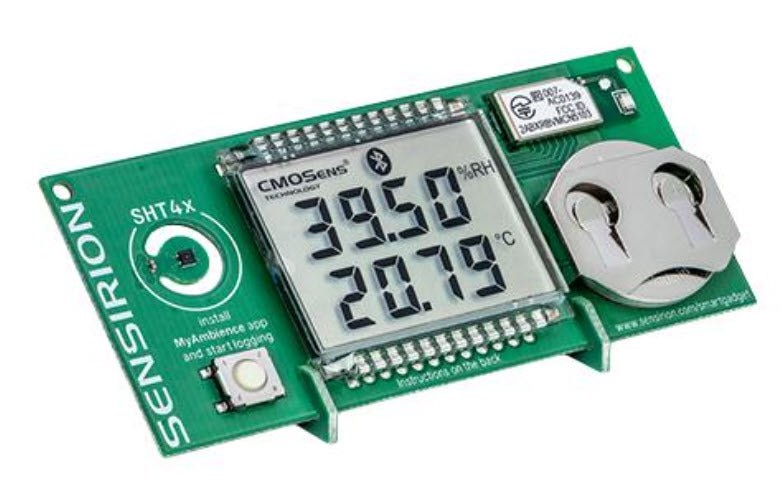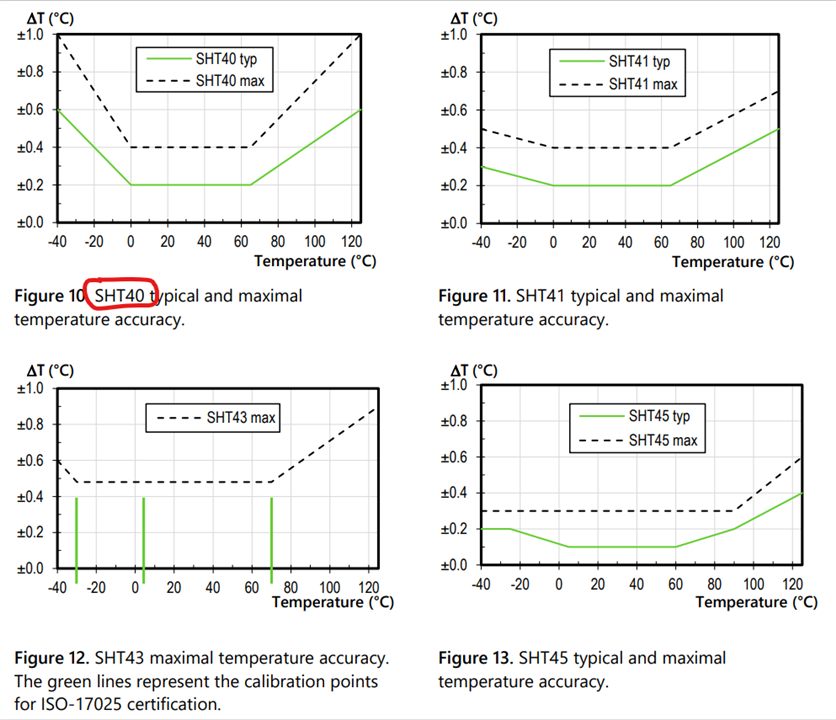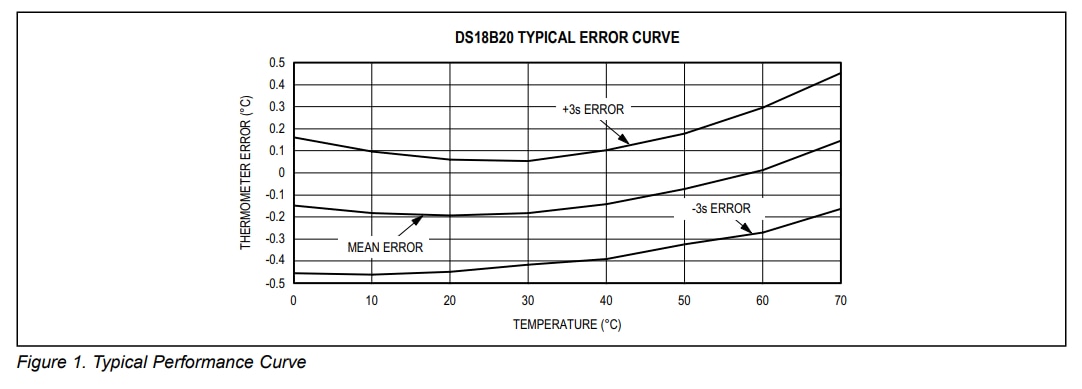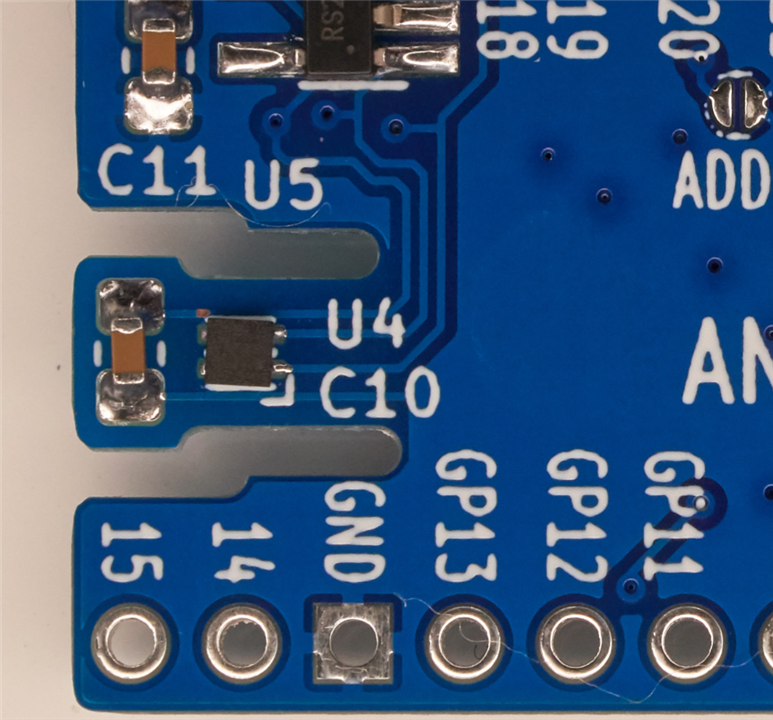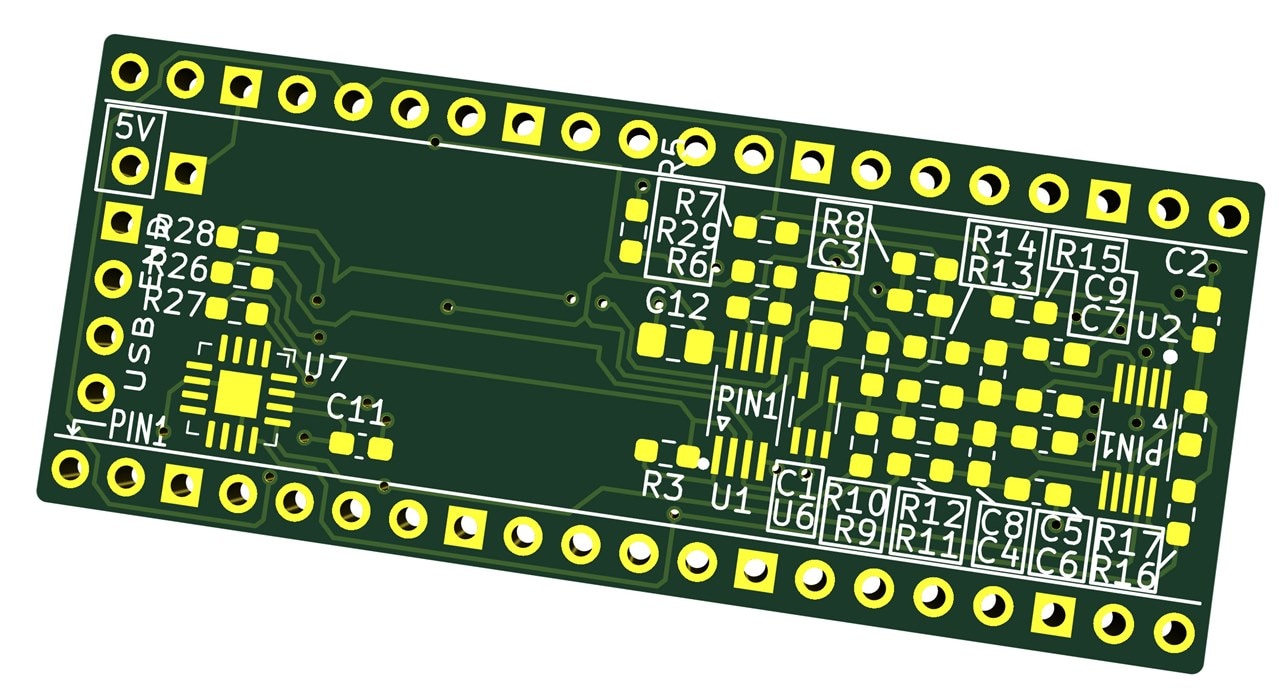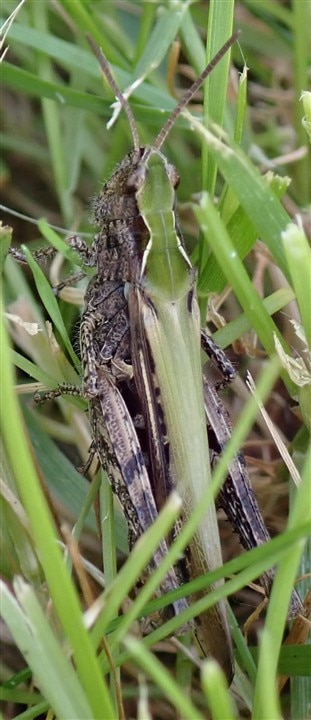Hi all,
I have two temperature sensors near each other, outside. In the winter I was using one to keep track of the nectar temperature in a hummingbird feeder, but I just left it hanging there for the summer.
Here is the typical result:
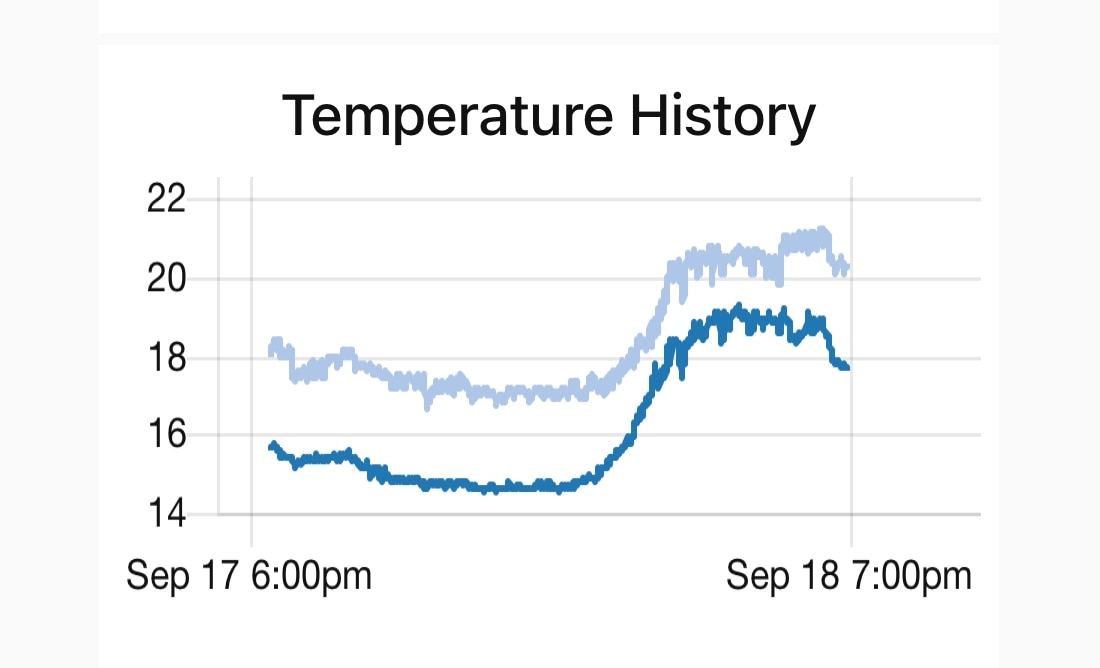
The top line is a dht11 or could be 12. It includes pressure and humidity. The bottom line is a ds18b20 in a metal tube.
Both are digital, but one is nearly always about 1 or 2 degrees higher than the other. Generally it’s fine to give me a close enough idea of what’s going on, but I think I should be more accurate when looking at the freezing point.
Do I need to calibrate them? How would I go about doing that? Ie, what can I trust as a proper baseline? I don’t have access to any really guaranteed kind of thermometer, I think.
Thanks in advance for any wisdom you can send my way!
-Nico

